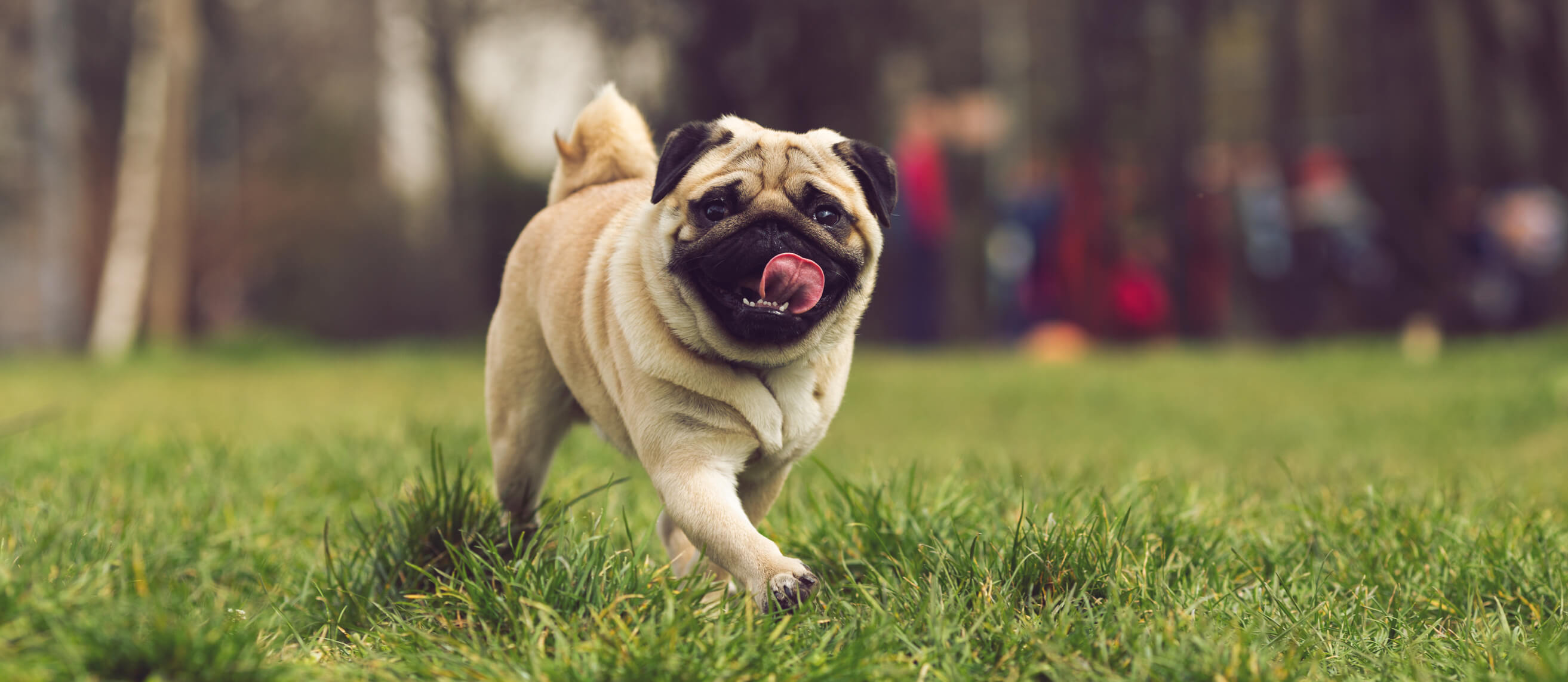
How Much Exercise Does Your Dog's Breed Actually Need?
A dog’s exercise regimen usually involves a daily walk and the occasional game of fetch. This might be enough for some dog breeds, but others need much more physical activity.
In some cases, one long walk might even be too much! Hundreds of breeds are out there, and they all have varying exercise requirements. To make things easier on you and your pet, here are three main categories of dog breeds and the most suitable activities for each one.
Brachycephalic and toy breeds
Brachycephalic breeds are dogs with flat faces and short nasal passages, such as bulldogs, Shih Tzus and mastiffs. Toy breeds encompass dogs like the Maltese, Chihuahua and Italian Greyhound that were intended as family pets rather than for work.
Dogs in the toy and brachycephalic category need just 30 minutes of exercise per day on average. Since they’re so small, pet parents can exercise these dog breeds indoors with tug-of-war or chasing a ball. This is a huge benefit when bad weather prevents them from running in the backyard. They have less endurance than working dogs, so opt for shorter walks.
It’s important not to overwork brachycephalic and toy breeds. Small dogs are prone to exercise-related injuries like sprained ankles and torn ligaments. Due to their face shape, brachycephalic breeds have breathing problems and can easily overheat. Avoid exercising at peak hours of the day and cut back on the exercise if your pup is wheezing or slowing down.

Terriers and hunting dogs
Many dog breeds are designed to hunt animals. Terriers, in particular, are quite small, so they excel at chasing squirrels and rodents. Larger breeds such as pointers, retrievers and spaniels were historically bred to take down pheasants or rabbits. No matter the breed, terriers and hunting dogs use short bursts of energy to catch and kill.
Dogs in this category are a huge time commitment because they require one to two hours of play time each day. They prefer high-energy sports like chasing a Frisbee. Consider playing fetch with a ball launcher to make them run farther distances. A walk around the block won’t do—a game of flyball is much more their speed.
Unlike brachycephalic and toy breeds, these dogs are constantly looking for ways to burn off some energy. Be on the lookout for signs your terrier or hunting dog isn’t getting enough exercise. They might take up a hobby of barking at passersby or rough-housing with other household pets. If the dog gets free roam of the house, you might come home to trash everywhere and chewed furniture. Make sure your pup gets enough exercise to keep unwanted behaviors in check.

Large working breeds
Working dogs love when they have a job to do. Breeds such as malamutes, huskies and Bernese mountain dogs were originally bred to pull sleds or heavy carts. Others have been tasked with herding livestock on farms. Working dogs are also highly intelligent, so mental stimulation is just as important as exercise.
Similar to hunting breeds, dogs in this category need at least one or two hours of continuous physical activity. The main difference is that working dogs are built for sustained endurance. These dogs thrive at long hikes uphill or trotting along as you go for a bike ride. Working breeds can haul a lot of weight, so find ways to add resistance to their workouts. Strong pups do well with load-bearing activities like sledding, skijoring and roller blading.
Pet parents need to work both the dog’s mind and body. Activities that challenge the pup’s brain can tire them out as much as running long distances. A working dog is equipped to learn new, complex tricks in their obedience training sessions. Your pup might also enjoy scent work, agility courses or even choreographed routines.
Pet parents often struggle to meet the exercise needs of these high-energy dogs. Much like hunting dogs, pups that love to work quickly grow restless if they don’t have a task to complete. They might engage in destructive behaviors, attempt to herd small children or pace around the house. It’s important to consider a working dog’s exercise needs before adopting one into the family!
Come to know your pet’s needs
Remember, these are simply guidelines. There’s no hard-and-fast rule for how much to exercise dogs from a specific breed. Even dogs from the same category can have different needs based on their age and medical history. No one knows your pup better than you! Gauge how your dog reacts to various exercises and adjust their routine until you find what fits them best.


